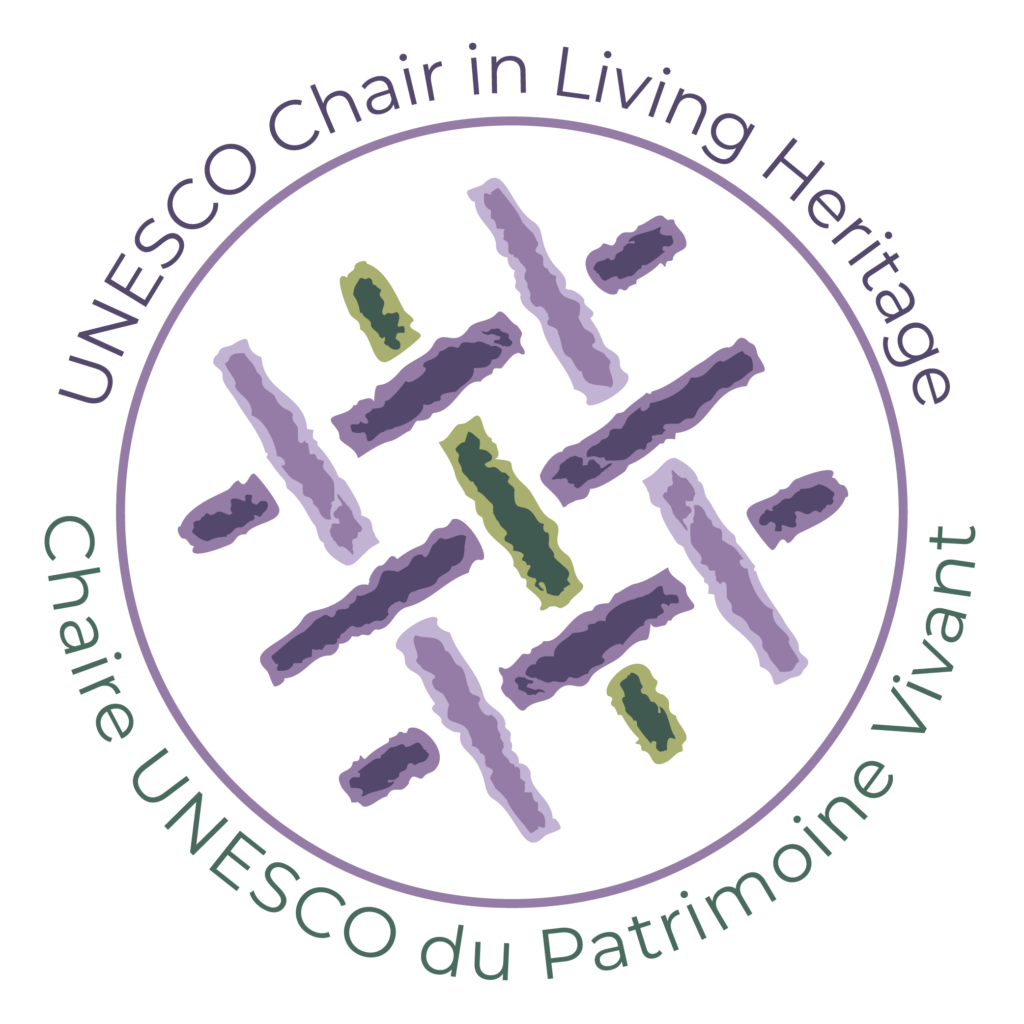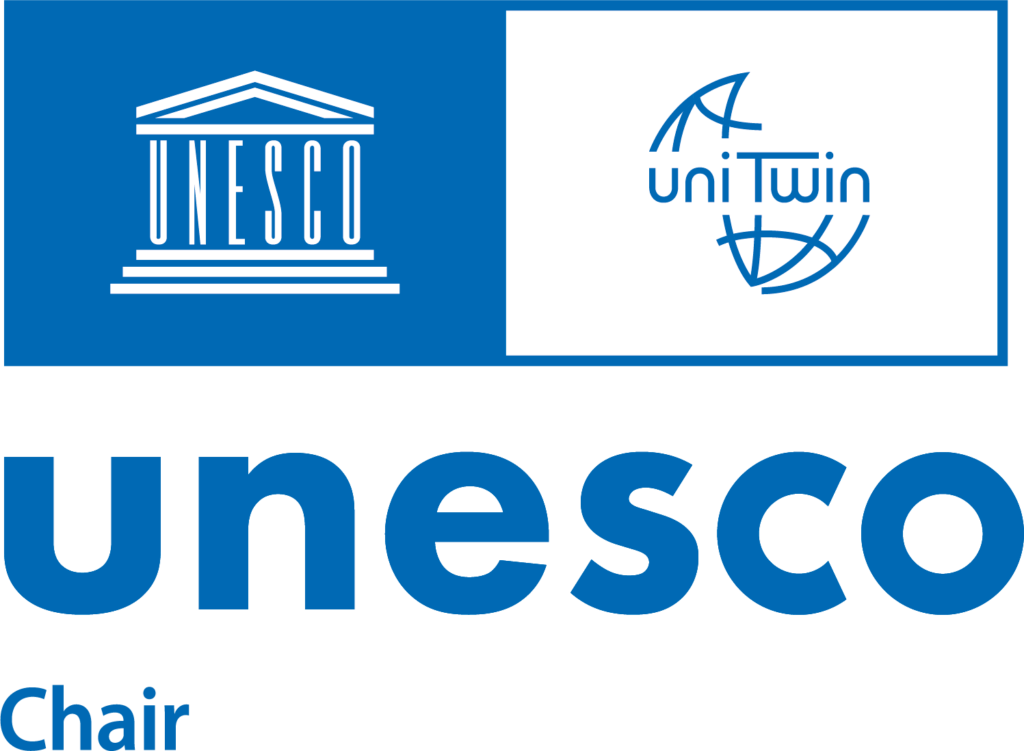What is Living Heritage?
Intangible Cultural Heritage (ICH)
Living heritage is composed of numerous elements of culture, many of which are intangible. These intangible cultural heritage (ICH) elements include traditions or living expressions inherited from our ancestors and passed on to our descendants. ICH is an essential ingredient for healthy communities and families, and for sustainable livelihoods.
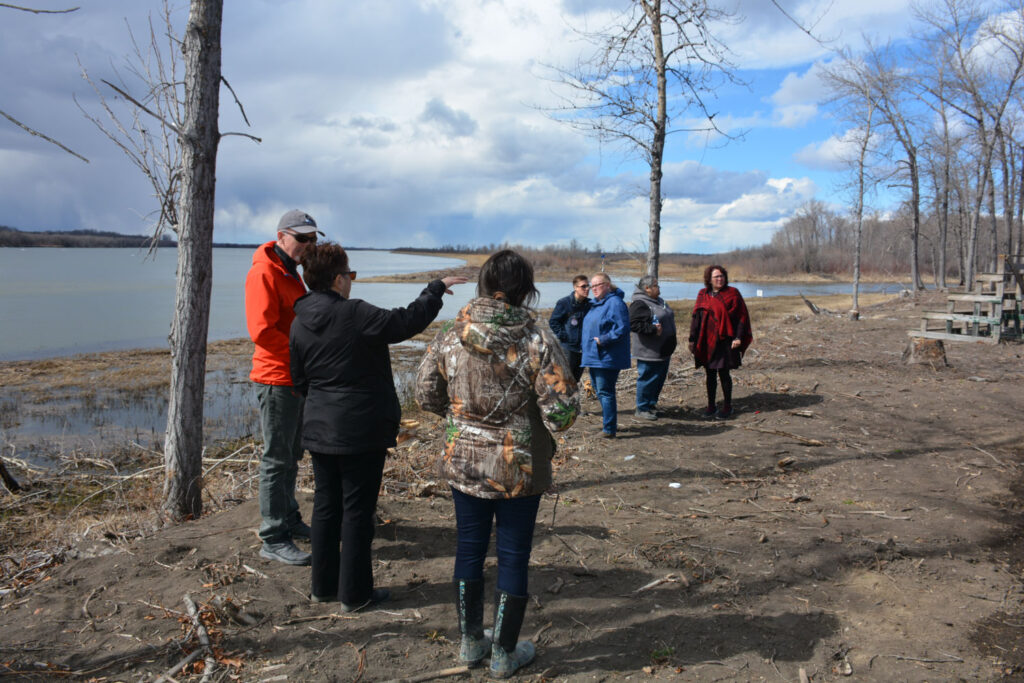
The easiest way to understand ICH is to provide some ideas of what each word means on its own:
Heritage
Is something that is passed down through generations or inherited from ancestors.
Culture
Refers to characteristics and expressions such as values, traditions, identities, and languages that form a specific group identity.
Intangible
Means impossible to touch, immaterial. While fragile, intangible cultural heritage is an important factor in maintaining cultural diversity in the face of growing globalization.
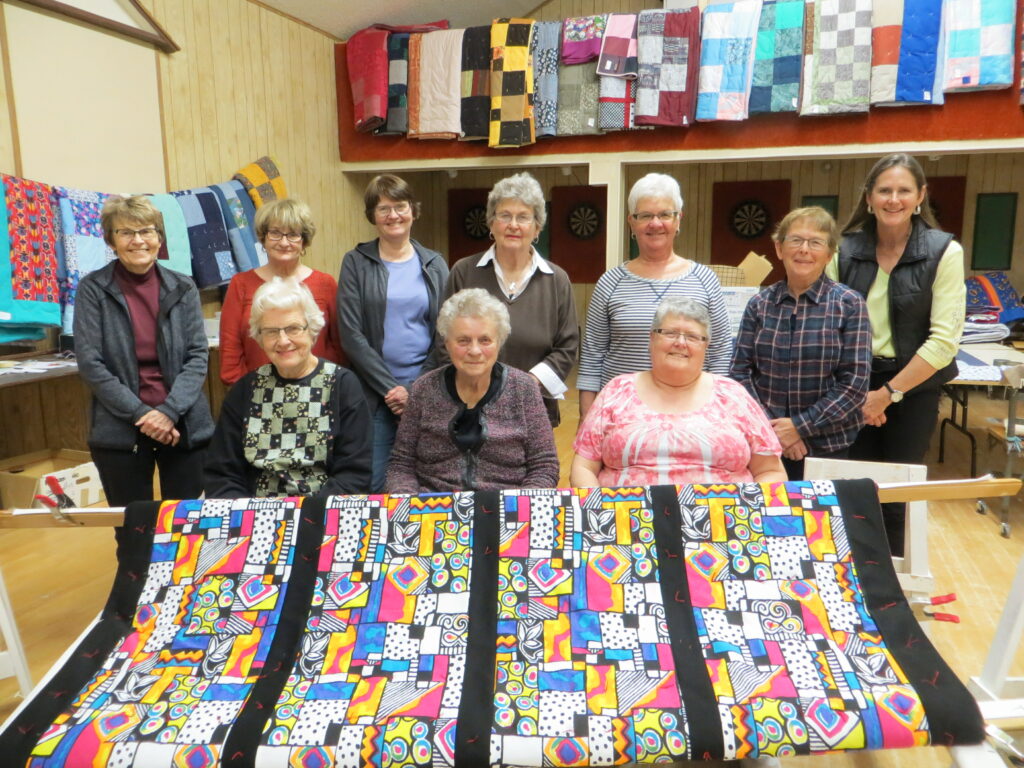
Intangible Cultural Heritage
Broad in scope, UNESCO’s 2003 convention characterizes ‘intangible cultural heritage’ as “the practices, representations, expressions, knowledge, skills – as well as the instruments, objects, artifacts and cultural spaces associated therewith – that communities, groups and, in some cases, individuals recognize as part of their cultural heritage.” (2003 UNESCO Convention on ICH).
UNESCO proposes five broad domains through which intangible cultural heritage is manifested. I have also provided several examples to illustrate the immense diversity of elements that can constitute a domain:
-
Oral traditions and expressions
Including language as a vehicle of the intangible cultural heritage - for example: songs, stories, proverbs, orations, expressions.
-
The performing arts
For example: musical performances, dances.
-
Social practices, rituals, and festive events
For example: life rituals, and coming-of-age ceremonies.
-
Knowledge and practices concerning nature and the universe
For example: cultural and local knowledge, weather and seasonal rituals, agriculture, star knowledge, and medicinal knowledge.
-
Traditional artisanship and craftsmanship
For example: skills and use of technology associated with creating, building.
Cultural heritage goes beyond monuments and collections of objects; it can help bring ‘tangible’ heritage to life, meaning, ICH and material heritage are inexplicably related to each other. An understanding of ICH of different communities helps with intercultural dialogue, and encourages mutual respect for other ways of life.
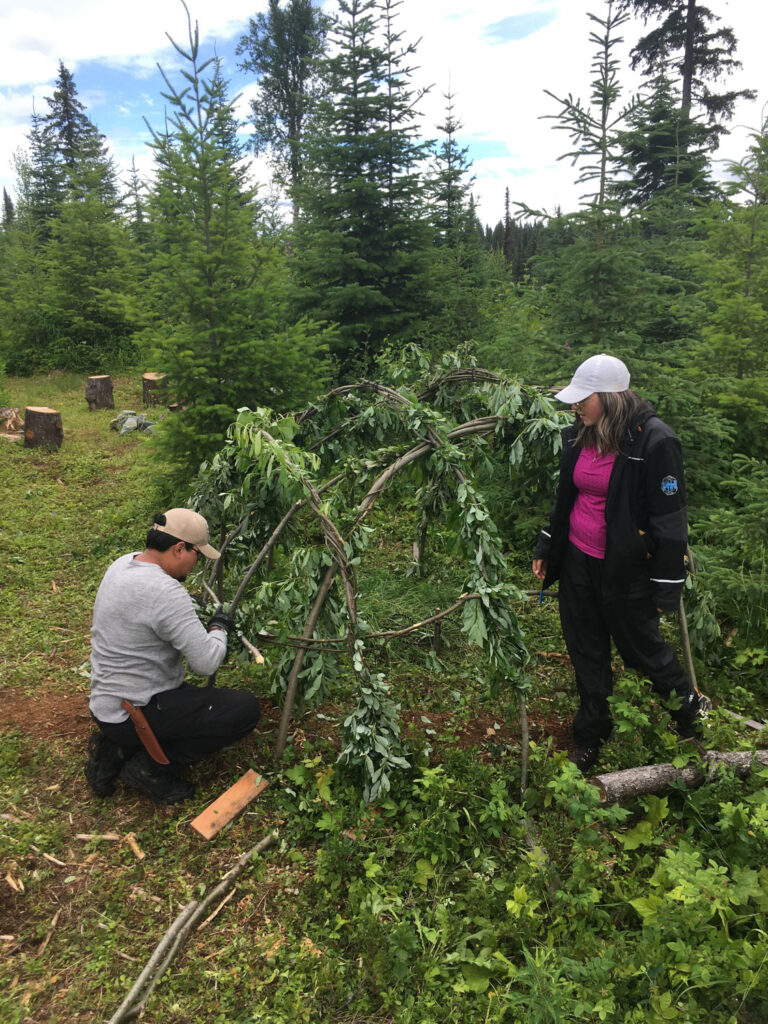
Why is intangible cultural heritage important?
-
The heritage of humanity is richer and more diverse.
-
Minorities and smaller communities are more healthy and resilient.
-
We support activities that may be economically viable for craftspeople and communities.
-
We improve our understanding of one another within and across communities.
-
We are connected with the elements of our community histories and natural environments that help us understand who we are.
Intangible cultural heritage has a role to play in promoting and strengthening human cultural and linguistic diversity; in promoting tolerance, peace, and reconciliation; in fostering community and individual well-being; and in protecting human rights and sustainable development
But intangible cultural heritage is chronically at risk of disappearing, in large part because of globalization. To survive, intangible cultural heritage must be relevant to its community and transmitted from one generation to another. Given its vulnerability, it often needs help from organizations and governments. To address this issue, the UNESCO Chair in Living Heritage and Sustainable Livelihoods was created to work with communities and ICH custodians to help support the safeguarding and transmission of ICh and livelihoods associated with it.
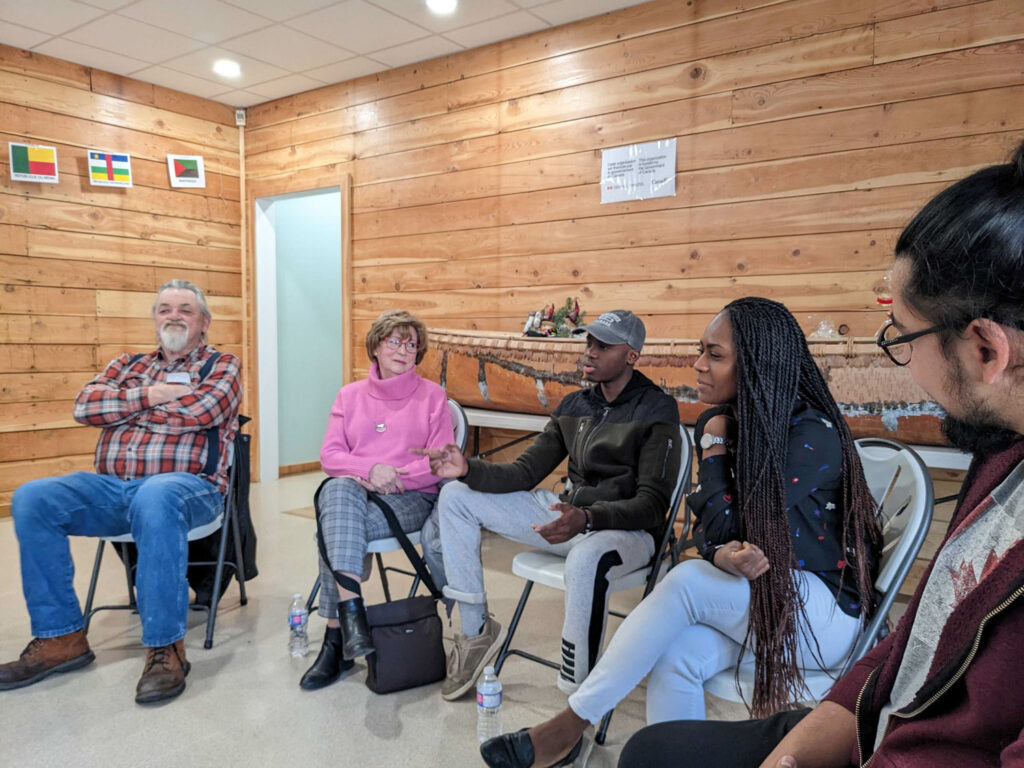
By using ICH to examine sustainable livelihoods, we work with numerous partners across Canada and internationally to safeguard the avenues for communities and families to pass down their cultural expressions to future generations.
Our work aims to strengthen the living intangible cultural heritage of communities.
That is why our motto is:


